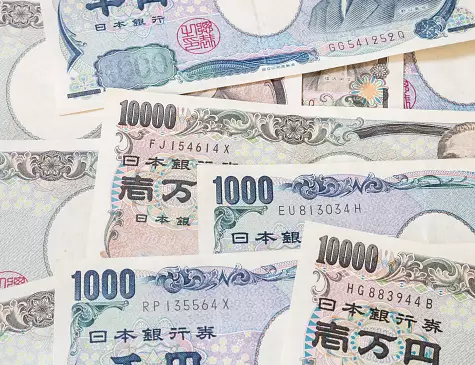The USD/JPY currency pair is currently stabilizing around the 151.96 mark after a noticeable resurgence in the Japanese yen’s strength recently. The fluctuations in the currency are reflective of broader economic tensions, particularly concerning trade policies spearheaded by the United States. Recent actions by the Trump administration, notably the imposition of substantial tariffs on steel and aluminum imports, have raised red flags concerning a potential global trade conflict, thereby influencing market dynamics and investor sentiment globally.
At the start of the week, the yen experienced a downturn against the US dollar, largely a result of the dollar’s reaction to these new tariffs. The absence of exemptions for allied nations from these tariffs has intensified anxiety surrounding international trade, pushing market analysts to speculate about its implications for future Federal Reserve interest rate decisions. However, despite these trade-related pressures, the yen managed a 2% rise against the dollar in the past week, illustrating its resilience. This shift is notably attributed to growing market perceptions that the Bank of Japan (BoJ) is likely to pursue a more stringent monetary policy. Comments from BoJ policymaker Naoki Tamura hinting at an interest rate increase to at least 1% by the latter half of fiscal 2025 further bolster this hawkish outlook.
An examination of the technical indicators for USD/JPY provides insights into potential future movements. On the four-hour (H4) chart, the currency pair has established a consolidation range around the 151.90 level after a preceding decline. Analysts foresee a potential bearish break that could target around 148.80, and perhaps a more extended move to 148.38, marking a critical local target in this scenario. This pattern could be indicative of an impending correction, with a possibility of a rebound towards 151.90 before a more defined downward trend aims for the 145.50 mark. The MACD indicator reinforces this direction, as its signal line remains below zero, indicating persistent bearish momentum.
Further insights can be derived from the hourly (H1) chart, where a downward wave is developing with expectations of penetration towards 148.40. A breakout beneath 151.90 could validate the notion of an ongoing declining phase for the currency pair. Should this pathway materialize, a corrective bounce back to 151.90 is plausible.
While the Japanese yen has hit a temporary pause, underlying conditions suggest that further appreciation is plausible, buoyed by the anticipated tightening of monetary policy by the BoJ. The projected decline in USD/JPY towards 148.40 and possibly lower to 145.50 highlights the importance of keeping a close watch on both BoJ directives and US trade policy developments. As international markets continue to react to Trump’s tariff implications, the trajectory of the yen will undoubtedly be shaped by these fundamental shifts and investor responses moving forward.

